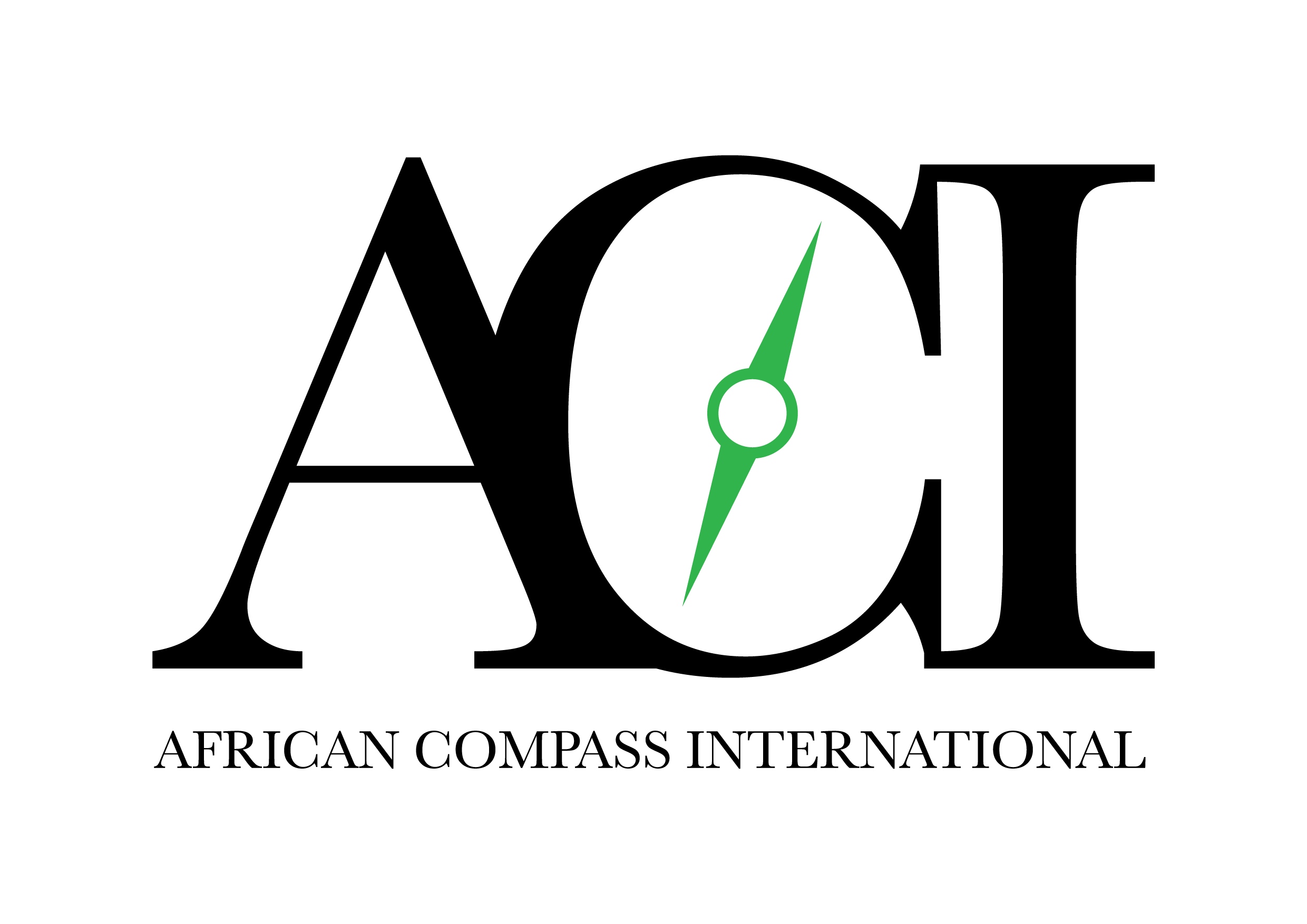Overview
Zimbabwe is endowed with large reserves of gold, estimated at about 13 million tonnes of refined gold. Gold output surged to 23.4 tonnes in 2016 and is anticipated to reach more than 28 tonnes annually. The country’s huge gold reserves offer investors valuable opportunities in areas such as resuscitating existing, but mothballed mines, as well as prospecting, and establishing new mines. Specific exploitable brownfield gold mining operations that simply require recapitalization to restore profitability are as follows:-
Mine 1. It is located 313 km north-west of Harare and is accessible by road. The mine has an economic cut-off grade of up to 4.26 grammes per tonne, and the gold mineralization occurs over a 6 km stretch. The mine requires USD15 million for recapitalization.
Mine 2. It is located 13 km south-east of Zvishavane town, and about 400 km to the south of the Capital City of Harare. The mine has an economic cut-off grade of 2 grammes per tonne, and can go up to 4.53 grammes per tonne. The mine requires USD15 million for recapitalization.
Mine 3. The mine is located about 139 km in Chegutu Town north-west of Harare. It is currently non-operational, and it requires USD20 million for recapitalization. At its peak in the past, it produced 50 kilograms of gold per month. The mine is accessible by road. The gold mine has an average gold grade of 1.95 grammes per tonne.
Mine 4. The mine is located about 185 km South of Harare. The mine boasts of a high grade deposit of between 10.5 grammes per tonne and 20.5 grammes per tonne. The mine has the potential to produce more than 50 kgs of gold per month.
Mine 5. The mine is located in Karoi, which is about 200 km to the North of Harare. Gold grades at the mine range between 6-24 grammes per tonne. The mine is looking for partners to improve on production.
Mine 6. This is an unexplored site in the Chewori South Safari area which has been targeted by gold panners. The site is located 134 km north east of Karoi town which is approximately 200 km north-west of Harare. Due to its green field nature, the capital needed will be substantially low when compared to the above brown field projects that require recapitalisation.



